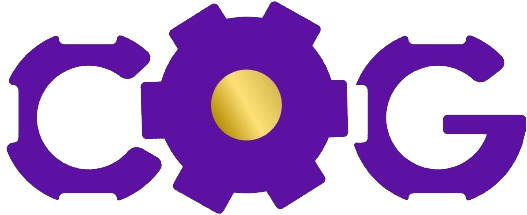A leader’s ability to set and maintain healthy boundaries is crucial in today’s dynamic workplace. Creating clear guidelines for personal and professional interactions within a team contributes not only to enhanced productivity and employee well-being, but also to a positive working environment. To achieve a harmonious balance between you and your team members, we will explore the importance of setting the right boundaries.
The Significance of Boundaries in Team Dynamics
- Promotes Respect and Professionalism:
In order for a team to be respectful and professional, it is important to establish clear boundaries. An environment of positive and collaborative collaboration is more likely to develop when expectations are clearly defined.
- Enhances Productivity:
Managing expectations and streamlining workflows is easier when boundaries are set. An understanding of everyone’s roles and responsibilities increases productivity and goal attainment when tasks are completed efficiently.
- Supports Work-Life Balance:
To prevent burnout, it’s essential to establish boundaries when working remotely. In order to achieve a healthy work-life balance, team members need to have a clear understanding of working hours and expectations.
Tips for Setting Effective Boundaries
- Communication is Key:
Successful boundary setting relies on open and transparent communication. It is important to clarify expectations, both in terms of work tasks and interpersonal interactions. Team members should be encouraged to express their needs and concerns as well.
- Lead by Example:
Lead by example by adhering to boundaries as a manager or leader. Your team will likely follow your example if you demonstrate respect for their time and space.
- Flexibility within Limits:
While setting boundaries is crucial, it’s equally important to recognize the need for flexibility. Ensure your team feels supported by being open to reasonable adjustments and flexible as circumstances change.
- Regular Check-Ins:
Establish a routine for checking in on team members’ workload, challenges, and overall wellbeing. Early detection of boundary issues and the opportunity to correct course can be accomplished through regular conversations.
- Encourage Self-Care:
Emphasize the importance of maintaining one’s well-being and taking care of oneself. Remind your team that personal well-being is integral to professional success by encouraging them to take breaks, use vacation days, and prioritize their mental and physical health.
Setting boundaries is a key leadership skill in today’s constantly changing landscape of team dynamics. In order to create an environment where team members are able to flourish both professionally and personally, leaders need to promote a culture of respect, good communication, and a balance between work and life. Adapting boundaries to each team’s needs and dynamics is a continuous process. Your organization’s success depends on striking the right balance between employee satisfaction and long-term success.











